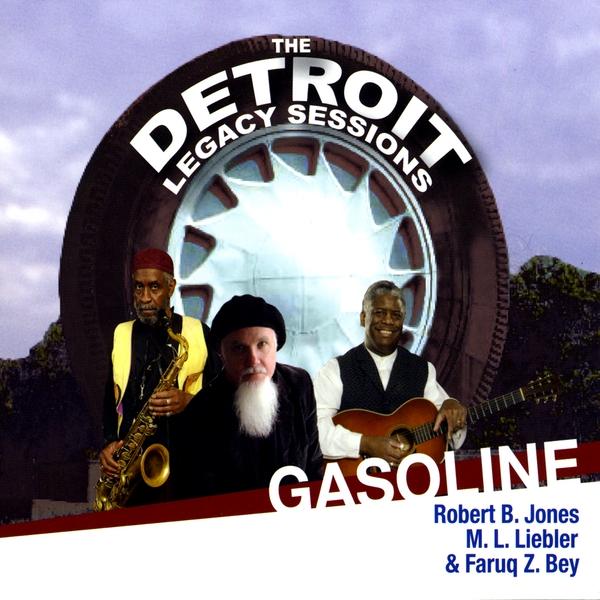
In 2007, Ryan Gray was on and off the streets-living the last days of his existence as an active addict. He stayed in several halfway houses, had friends who were kind enough to let him sleep in their homes, and sometimes stayed at a nearby shelter.
Volume One of his autobiographical narrative chronicles the events leading through the 'twilight' of his addiction, from meeting a native of York who became like a brother, to when Ryan began to inwardly sense his own futility, to making the choice to leave behind the middle-class life he knew.
Twilight in York: Volume One is written in the style of Jack Kerouac, with a stream of consciousness effect as well as grammatical alterations. Heavy with explicit drug use, this read is best suited for adults.
Though heavy and dark, Twilight in York, Volume One has a simple, easy-to-follow plot that appeals to the masses. Drug addicts, family and friends of addicts, homeless (and formerly homeless) people, and the mentally ill will resonate with Ryan's down-to-earth voice and relatable stories.
Ryan Gray's sensual and precisely observed Twilight in York is an aspiring classic of American noir, reminiscent in mood of William Kennedy's down-and-out-in-Albany novels, reminiscent in style and tone of some more bitter and more street-wise Kerouac. You keep thinking you've misread the title, for all this desperation cannot possibly concentrate in little York, PA. It has to be some place bigger, darker, worse. But, no, every little town in America has its pockets of perdition, which can be alleviated some by sucking down a bottle of cough syrup. I don't like and don't usually choose this sort of book, but I liked THIS book, because it contains not only gray and sad truth, but also poetry. Poetry transfiguring all that dread.
-David Brendan Hopes, author of The Falls of the Wyona
Mental illness plus addiction easily lead to homelessness. The abject pain and disorientation of the living conditions that daily challenge the addicted unhoused population is juxtaposed with the absolute joy of reading such a well-written non-fiction. His words often lead like poetry, brazen and bare, not painting a picture, but excavating the myriad contours of the meanings and meanderings where life and emotions meet. Addiction and the unhoused population have exploded in the past 20 years, and this book gives us insight to the instability of the lifestyle, the uncertainty of finding a place to sleep each night, how to maintain the addiction while simultaneously working as a day laborer, and the loyalty of friends who bond amid life on the streets.
-Renee Robb-Cohen
member goods
listens & views

GASOLINE-THE DETROIT LEGACY SESSION
by JONES,ROBGERT B. AND LIEBLER/BEY
COMPACT DISCout of stock
$15.75






